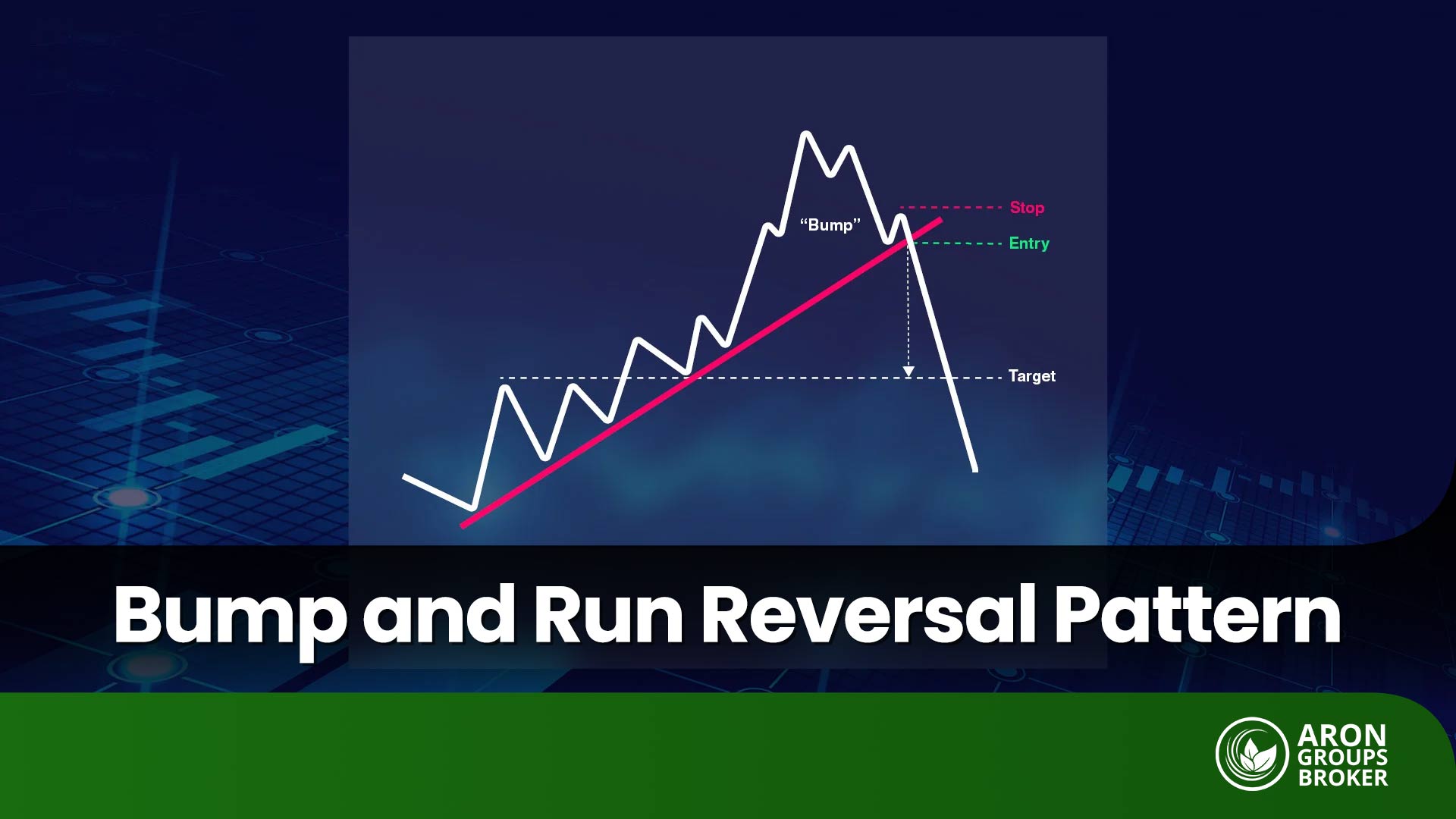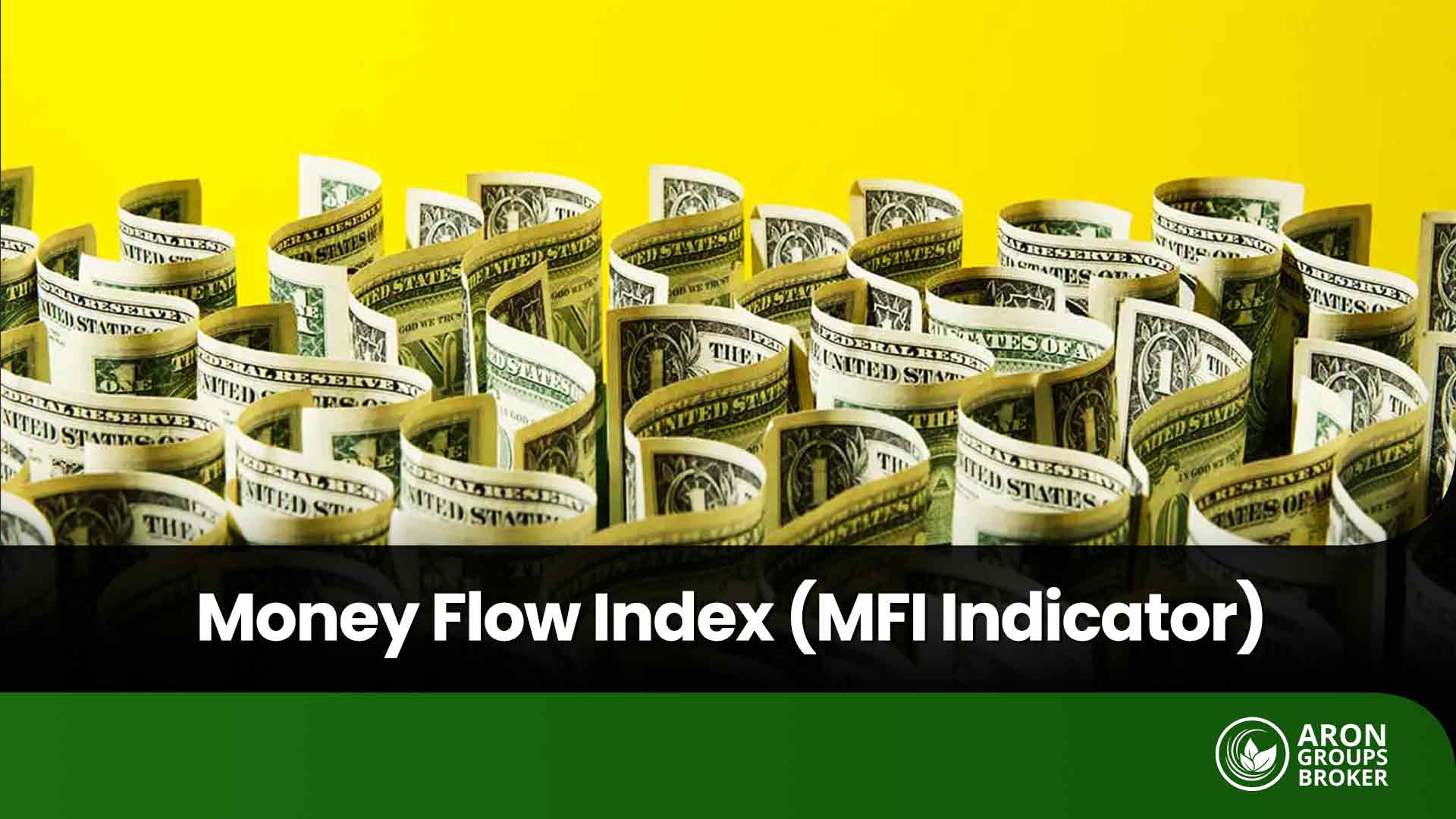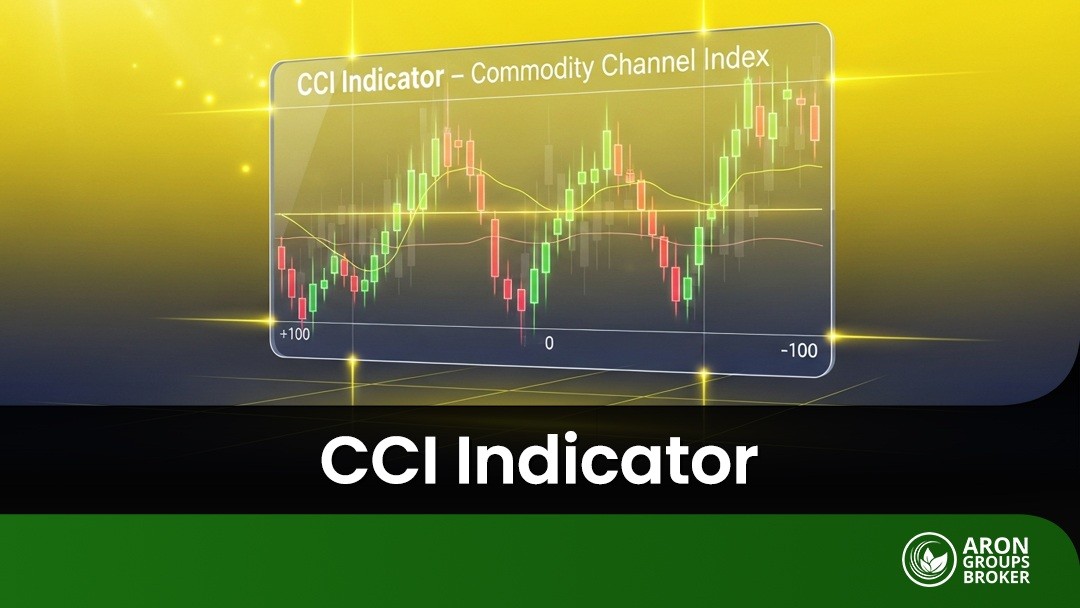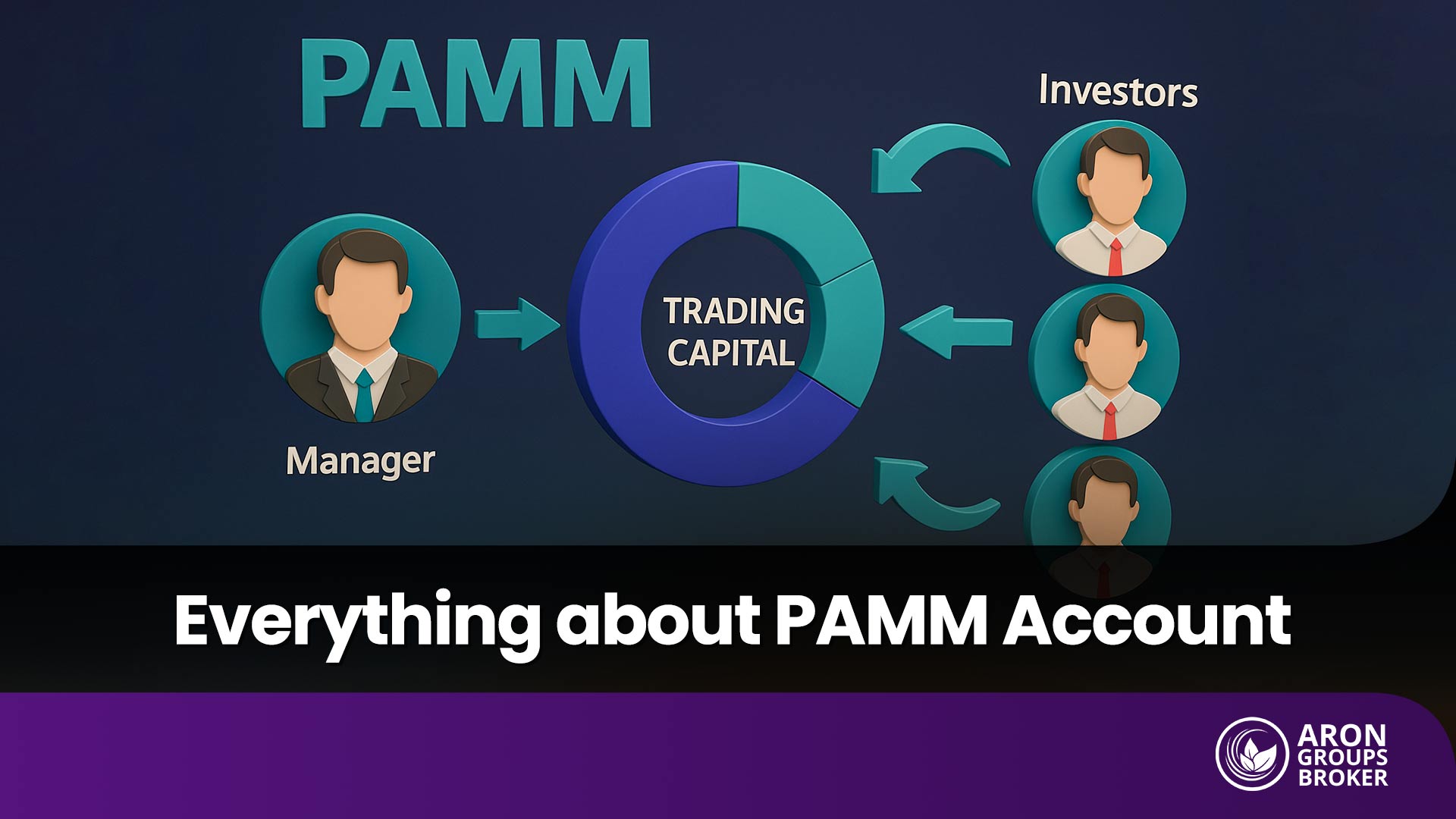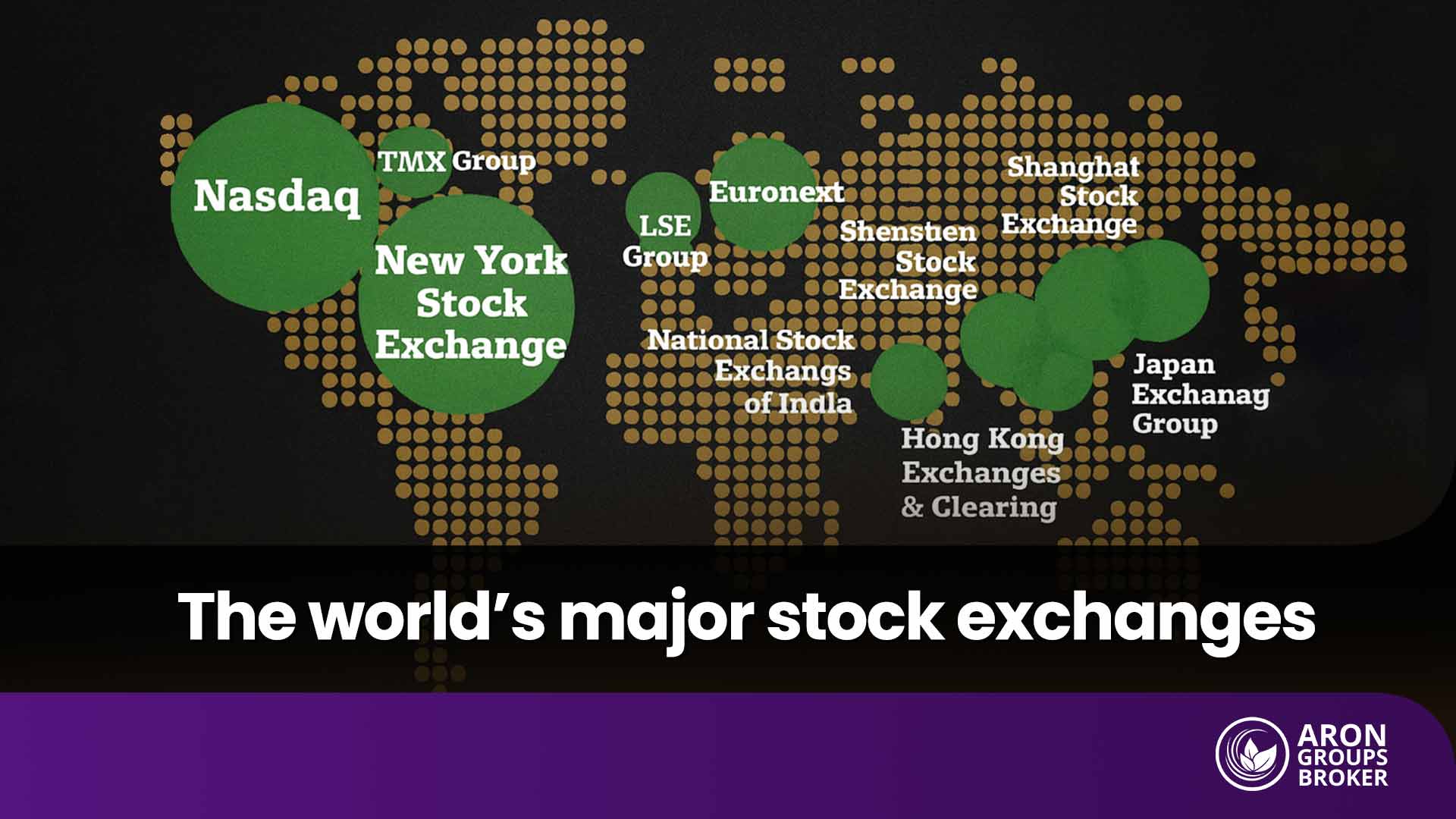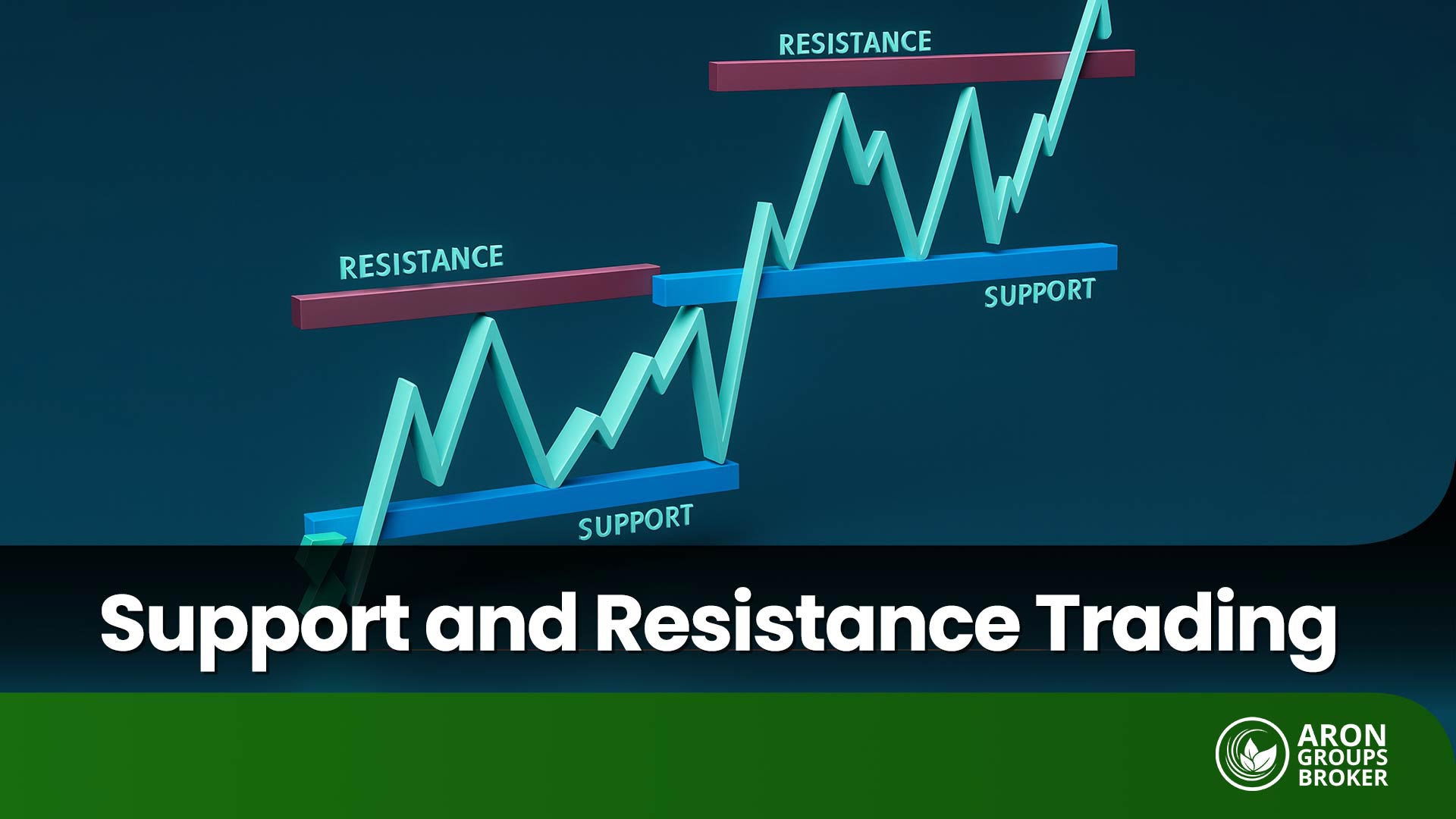One of the most important currencies in the world is the US Dollar, used by people and companies across the world for purchasing different products, and also as an investment asset. Multiple factors can affect the US dollar, especially if you want to invest or trade in the Forex market, this becomes a very important topic.
What are the most important factors affecting the US dollar? We want to answer this question in this article, speaking about different factors that can change the price and value of the most important currency in the world.
Table of Contents
Why Is the US Dollar Very Important?
There are different reasons for the importance of the US dollar, the most important of them are as follows.
- This is the Official currency of the biggest economy in the world, The United States of America
- All central banks and governments use the US dollar as one of their primary reserves also to trade and purchase different types of assets
- As you may know, international trade is done using the US dollar, and investors use this currency as their risk management tool and the primary currency for purchasing anything in the world
Whether as an investor, a Forex trader, or an economic activist, being aware of the most important factors affecting the US dollar is very important.
The Most Important Factors Affecting The US Dollar
The US dollar is variable and multiple factors can change the value of this currency.
Being aware of these factors helps you to make better decisions and be ready for making a profit in different financial markets.
Here are the top 10 most important factors that can affect the US dollar.
1. Federal Reserve Interest Rate
One of the most important factors affecting the US dollar is the interest rate which is determined by the US dollar.
- Higher interest means s higher value for the US dollar, as the price of money becomes more expensive
- A lower interest rate means the lending or borrowing price is cheaper, this decreases the value of the IS dollar
One of the most important things about the Federal Reserve interest rate is that not only increasing or decreasing the interest rate can change the value of the US dollar, but also the feeling of the change in the interest rate can vary the value of the US dollar.
- As this is a very important Index, you should put this on your radar to be able to see the trajectory of the US dollar
2. US Economic Growth Rate
The most important indicator for any economy is the economic growth rate, a higher rate will increase the value of that national currency, and a lower growth rate will decrease its value.
- If the US economic growth rate increases, this is a positive sign that can increase the demand for the US dollar and grow its value
- If the vice versa scenario happens, this will be a negative sign for the economy and can decrease the value of the economy
Even predictions about the US economy can change the price of the US dollar.
The economic growth rate of the US is a very important indicator that can determine the trajectory of the US dollar.
We suggest you put this index in your toolbox for any changes in the US dollar currency.
3. US Inflation Rate
The inflation rate is the average growth rate of different products in an economy, a very important indicator that is also very important for the daily lives of people.
- A higher inflation rate is a bad sign for the economy, increasing the prices and decreasing the value of the national currency
- A lower inflation rate has the exact opposite effect of the above-mentioned scenario, increasing the value of the national currency as this is a positive sign for the economy
US inflation rate changes is a very important indicator that can change the value of the US dollar, higher inflation rate is a negative sign for the US dollar while a lower inflation rate is a positive sign for the US economy, raising the value and price of the US dollar as there will be more demand for purchasing this international currency.
4. US Unemployment Rate
The unemployment rate is the number of all people that are between 15 years old to 65 years old who don’t have any job while they are actively looking for a job.
- If the unemployment rate for the US economy increases, this means that more people are jobless, a negative signal for the economy that also shows slower growth that will decrease the value of the US dollar
- Now if the unemployment rate decreases, this shows that the economy is growing and working very well, will benefit the whole society and the demand and value of the US dollar will keep rising
5. Monthly New Jobs In the US
New jobs are one of the most important indicators of the US economy that often investors and traders are missing it.
- Growth of the monthly new jobs means the economy is growing and can absorb human resources very well to the economy, a positive sign that will increase the value of the US dollar in the world
- The same is true when the creation of new jobs is declining, investors and economic activators take it as a bad sign that will lower the value of the US dollar
6. New Construction In the US
Construction or the real estate market is a very important capital market for any economy, having a major impact on all of the economy.
- When the new construction is high, this means people are investing, new jobs are created, and the whole economy is doing very well, propulsion for the growth of the US dollar value in the international markets
- Now, if the new construction is lower or lower than expected, this is a sign that investment in the economy is lower, the growth of the economy is slower, and this will decrease the value of the US dollar
Construction is a very good metric to see what is happening in the economy, as this industry is dependent on the many different industries and services that can move them to growth or recession.

7. Geopolitical Tensions
There are geopolitical tensions more than over in the world, for 2023, these tensions will keep rising as there are many new powers in the world competing for more resources in the world.
- Any geopolitical tension is very good for the value of the US dollar because this will increase the demand for the national currency of the US
- All people want to convert their money to US dollars, as this is the biggest economy in the world and is a very safe and secure place to put money
One of the reasons that the US economy is growing even in geopolitical tension is that all the resources of this economy are supplied by itself and can grow even in difficult situations.
8. War In The World
War means uncertainty, and this will escape the capital from the war zones and immigration will keep rising to better and safe places.
- The US is the most powerful country in the world with the biggest economy
- In today’s world, the safest place for transferring capital is the US economy, and the best place for immigration is also the United States of America
Any serious war in the world will increase the value of the US dollar and demand for this currency will keep rising.
9. Retail Sales Spending
Retail sales show how consumers are spending. An increase in retail sales means consumers are spending more and this is a very good sign for the economy.
If retail sales decreases, this is a negative sign for the economy, showing there is a problem inside the economy.
10. World Economic Condition
The last most important factor affecting the US dollar that we want to speak about in this article by Aron Groups Broker is the world economic condition.
- Any major risk in the world will increase the demand for the US economy
The most important note that as a trader or investor, you should know is that the US economy is known as a safe heaven in today’s world and people convert their money into US dollars whenever a major risk happens in the world.
The Bottom Line
The US dollar is the most traded currency in the Forex market, and being aware of the most important factors affecting the US dollar economy can help traders and investors to better decide and make better decisions.
If you want to start trading the US dollars in the Forex market, Aron Groups Broker has special offers for you that you can use for more profits, to start, click here.
We will be happy to know about your awesome comments, please share your ideas with us.























